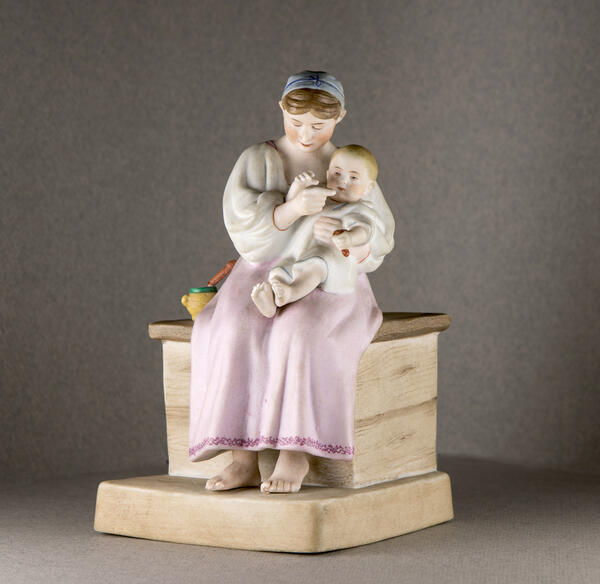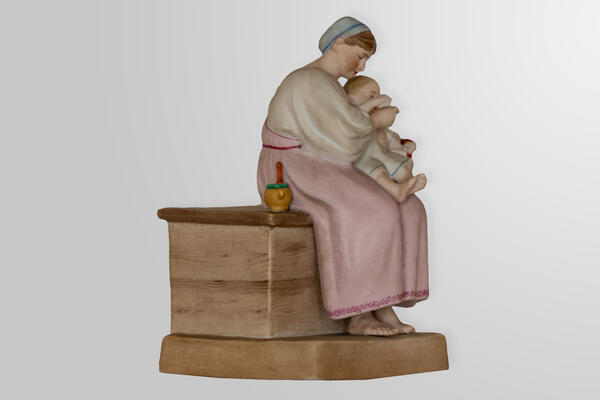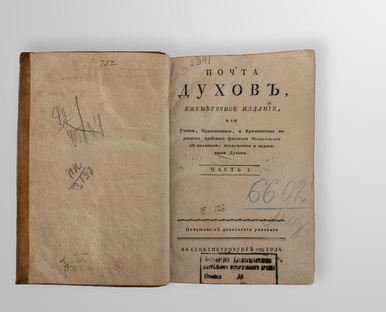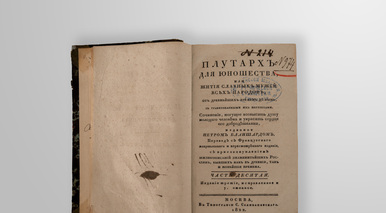The Gardner Porcelain Factory was considered one of the finest enterprises in the Russian Empire and, according to researchers, successfully competed with the Imperial Porcelain Manufactory.
Francis Jacob Gardner (known in Russia as Franz Yakovlevich Gardner) was an entrepreneur of Scottish origin and a British subject. Having started his business in Russia by selling timber and sugar, he wished to establish a porcelain factory that would be on par with the famous Meissen Manufactory.
The Russian Gzhel porcelain was developed by Dmitry Vinogradov, a contemporary of Mikhail Lomonosov. In the first half of the 18th century, his technology was used by brothers Ivan and Andrey Grebenshchikov. When Ivan Grebenshchikov died, and Andrey was on the verge of bankruptcy, Francis Gardner came to his aid and in return asked Andrey for the secret porcelain recipe. He appointed Andrey Grebenshchikov as head of production, and the factory achieved great results.
Francis Gardner’s factory was inherited by his sons Franz, Alexander, Nikolay, and Pyotr. It was under their management that the factory began to produce not only a variety of tableware but also figurines.
The tradition of decorating the interior with figurines emerged in the early 19th century. This trend was promoted by the publication of the book “Magic Lantern, or Scenes with Walking Salesmen, Craftsmen, and Other Manufacturers Depicted Wearing Their Typical Clothes and Talking to Each Other as Appropriate to Their Status and Rank”.
In her book “The Porcelain Factory of Francis Gardner and His Descendants”, the historian and art expert Olga Rozina wrote, “The book <…> provided the basis for an entire series of small porcelain figurines which enjoyed a huge commercial demand.”
The trend continued to develop. In the 1850s, biscuit figurines became fashionable, as well as domestic and genre scenes. These figurines were “more porous and heavier… reminiscent of porcelain.”
In the 1860s–1870s, a series of figurines depicting peasants and representatives of the urban lower class appeared. It was known as “Peasant Images”. These vivid and realistic statues were a perfect décor for living rooms, dressing rooms, and home offices and were nicknamed “dolls for adults”.
Particularly popular were the images of children,
and soon the Gardner Manufactory released a separate series of “Children’s
Scenes”. Children were depicted both on their own and as part of pastoral
scenes. The displayed figurine “Woman with a Child in Her Lap” belongs to this
series.




